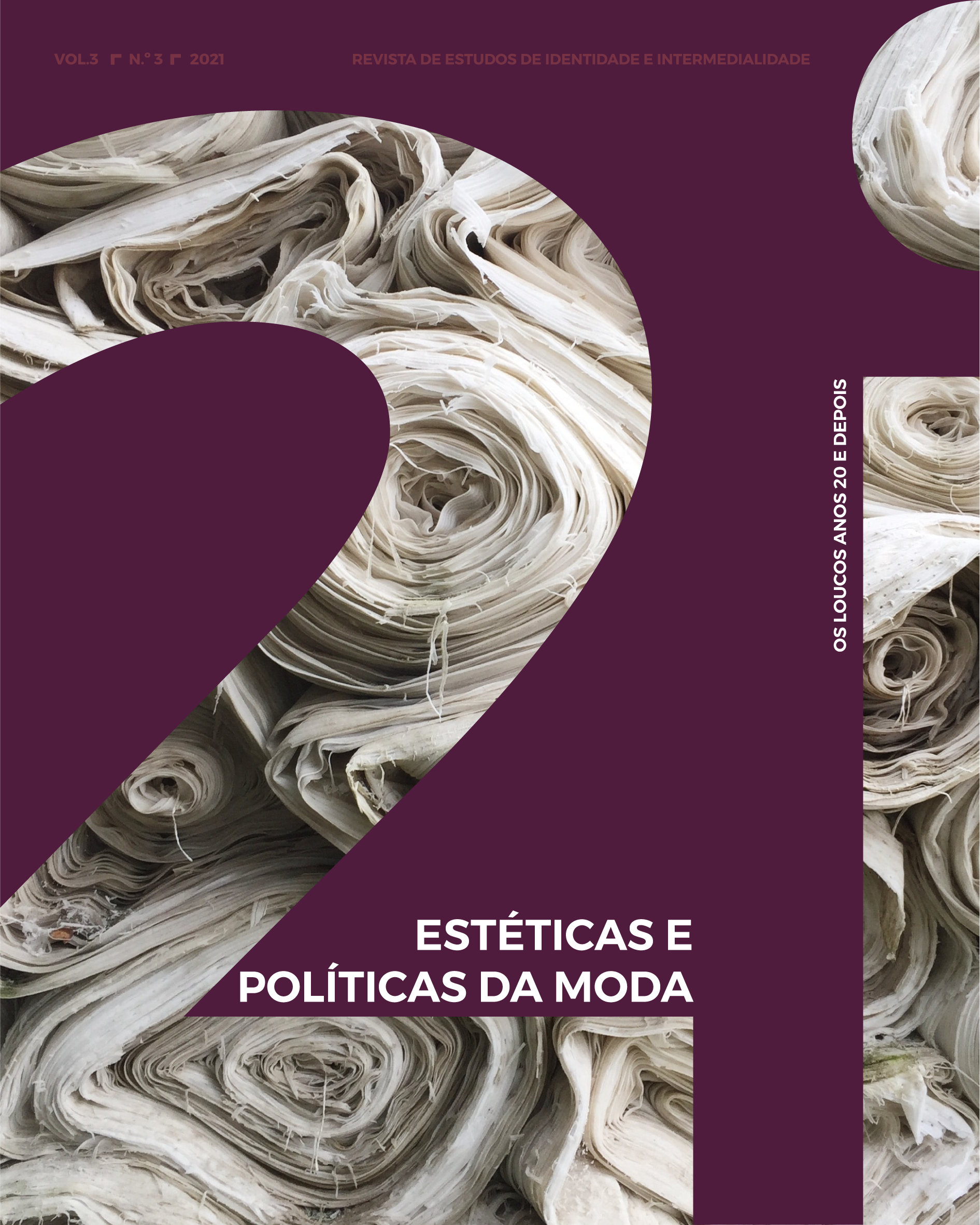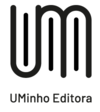The fantasy of ugliness in Alexander McQueen collections (1992-2009)
How did literature and the visal arts inspired Alexander McQueen to merge sex and horror in his own art form?
DOI:
https://doi.org/10.21814/2i.3157Keywords:
McQueen; literature; visual arts; aesthetics; body norms; fashion.Abstract
Alexander McQueen (1969-2010) changed the fashion industry and history forever with his innovations and runaway shows that verged on performance art. His talent for tailoring matched the strong narrative and originality of his garments. Some of them were destined for commercial consumption and catered to the masses, but most of them were works of art grown from a vivid yet macabre imagination. He refused the common grounds of fashion to focus on themes usually ignored, such as fetishism, violence, death and mental disturbance. Therefore, he aimed to transcend the usual and reach for the sublime as he created a fantasy world out of his own tormented mind. His Romantic and Gothic inspired work mirrored the anxieties of our times, and raised fashion to an art form on its own, thus prompting a reflection on the affiliation between fashion, visual arts and literature.
Downloads
References
Arnold, R. (2001). Fashion, Desire and Anxiety : Image and morality in the Twentieth Cen-tury, I. B. Tauris.
Blanks, T (2020, April 24th). ‘Alexander McQueen S/S 98’, SHOWstudio. Retrieved from https://www.showstudio.com/projects/the-narrated-catwalk/tim-blanks-alexander-mcqueen-ss-98
Bolton, A. (2011). Alexander McQueen: Savage Beauty. Yale University Press.
Cabasset, P. (Ed.) (2010, January). L'Officiel Paris Magazine : Alexander McQueen 1969-2010 - Special Issue.
Collins, N. (2010, February 12th). ‘Alexander McQueen’s Twitter Revealed Troubled Mind’, Daily Telegraph. Retrieved from https://www.telegraph.co.uk/news/uknews/7219465/Alexander-McQueens-Twitter-revealed-troubled-mind.html
Crawford, A. (1997). Ideas and Objects: The Arts and Crafts Movement in Britain. Design Issues. 13(1), 15-26.
Eco, U. (2007). On Ugliness. Rizzoli.
_______ (2008). On Beauty. Rizzoli.
Gleason, K. (2015). Alexander McQueen Evolution. Race Point Publishing.
Granata, F. (2016). Experimental fashion: Performance Art, Carnival and the Grotesque Body. I. B. Tauris.
Gray, J. R. (2012). The performance identities of Lady Gaga: Critical essays. McFarland & Co Inc.
Heymans, P. (2012). Animality in British Romanticism : The Aesthetics of Species. Rou-tledge.
Hume, M. (1993, October 20th): ‘McQueen’s theatre of cruelty’. Independent.
Hurley, K. (1996). The Gothic Body Sexuality, Materialism, and Degeneration at the Fin de Siècle. Cambridge : Cambridge University Press.
McNeil, P. & Miller, S. (2014). Fashion writing and criticism. Bloomsbury Academic ...
Poe, E.A. (1845). The Raven. New York Mirror, The American Review: A Whig Journal.?
Praz, M. (1951). The Romantic Agony : Oxford : Oxford University Press.
Rosenkranz, J. K. F. (2015). The Aesthetics of ugliness. Trans. Pop, A. and Widrich, M. Bloomsbury Academic.
Shelley, M. (1818). Frankenstein or The Modern Prometheus. Lackington, Hughes, Har-ding, Mavor & Jones.
Süskind, P. (1986). Perfume. Trans. John E. Woods. New York: Vintage International.
Thurman J. (2011, May 9th). Dressed to Thrill, New Yorker. Retrieved from : https://www.newyorker.com/magazine/2011/05/16/dressed-to-thrill
Watt, J. (2013). Alexander McQueen The Life & the Legacy. Harper Design.
Wells, H. G. (1896). The Island of Dr Moreau. Heinemann.
Audiovisual references
Carroll, G. & Giler, D. & Hill, W. (Producers) & Scott, R. (Writer/Director). (1979). Alien [Motion picture]. Los Angeles, CA: 20th Century Fox.
Darabont, F. (Producer/Writer/Director). (1999). The Green Mile [Motion picture]. Bur-bank, CA : Warner Bros. Pictures.
Hitchcock, A. (Producer/Writer/Director). (1963). The Birds [Motion picture]. Universal City, CA: Universal Pictures.
Horn, R. (1988). Painting Machine [Installation]. New York, US: Marian Goodman Gal-lery.
Kirschner, D. (Producer) & Holland, T. (Writer/Director). (1988). Child’s Play [Motion picture]. Beverly Hills, CA: Metro-Goldwyn-Mayer Studios Inc.
Knight, N. [SHOWstudio]. (2002, July). Alexander McQueen - The Bridegroom Stripped Bare: Transformer [Video file] Retrieved from https://youtu.be/YYkrfWeOSNs
Lady Gaga (2009, November 24th). Bad Romance [Video file]. Retrieved from https://youtu.be/qrO4YZeyl0I
__________ (2020, September 18th) 911 [Video file]. Retrieved from https://youtu.be/58hoktsqk_Q
Lochner, S. (1440). Altarpiece of the Patron Saints of Cologne [Painting]. Italy, Cologne Cathedral.
Vogue Runway (2009)- Plato’s Atlantis Dress [photography by Marcio Madeira]. Re-trieved from https://www.vogue.com/fashion-shows/spring-2010-ready-to-wear/alexander-mcqueen/slideshow/collection
Savage Beauty Met Museum (1995-6) Suit [Sølve Sundsbø]. Retrieved from https://blog.metmuseum.org/alexandermcqueen/suit-highland-rape/
Shepherd, R. (Producer) & Scott, T. (/Writer/Director). (1983). The Hunger [Motion pic-ture]. Beverly Hills, CA: Metro-Goldwyn-Mayer Studios Inc.
Utt, K., & Saxon, E. & Bozman, R. (Producers) & Demme, J. (Writer/Director). (1991). The Silence of the Lambs [Motion picture]. Los Angeles, CA: Orion Pictures.
Witkins, J-P. (1983). Sanitarium [photography]. Retrieved from https://www.icp.org/browse/archive/objects/sanitarium
__________ (1984) Self-Portrait [photography].
Downloads
Published
How to Cite
Issue
Section
License
Copyright (c) 2021 Mélissa Diaby Savané

This work is licensed under a Creative Commons Attribution-NonCommercial 4.0 International License.


.jpg)










